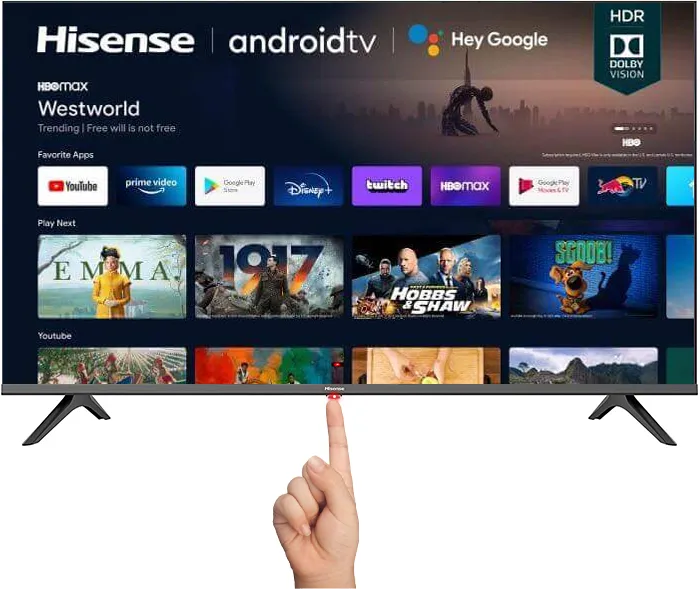The iPhone 12 Pro and iPhone 12 Pro Max have added a LiDAR scanner based on the three camera systems last year.
This sensor draws a spatial depth map by measuring the time it takes for the laser to reflect after touching an object, and finally brings a more immersive AR experience to the iPhone, and it can also increase the focusing speed of the iPhone 12 Pro series in a dark environment. And use the depth map to realize the night portrait mode function.

And this technology may be applied to the future Apple AR glasses.
Recently, a patent filed by Apple called “Head-mounted Display with Low-light Operation” was exposed. It describes a variety of methods for perceiving the wearer of a head-mounted display (HMD) to detect the surrounding environment. In its patent application, Apple stated that in a low-light environment, the human eye’s ability to observe the environment will be worse than in a well-lighted condition, and a head-mounted display device equipped with a lidar sensor can act as the wearer’s “third Only eyes”.
Apple’s solution is to use laser sensors in HMD devices (head-mounted displays) such as “Apple glasses” (generally including an illuminator and a detector. The illuminator emits infrared light into the environment, and the detector observes the reflection of objects in the environment. Electromagnetic radiation) to record information including depth and distance in the surrounding environment, and then return the results to the wearer with unspecified “graphic content” to help the wearer “see clearly” the surrounding environment in the dark.

The rumors that Apple is developing AR headsets have been around for a long time. Bloomberg, which repeatedly broke the news about Apple’s new product development plan, has previously published a report that Apple’s AR headset plan is led by Mike Rockwell, the vice president of AR/VR. According to reports, products under development include a lightweight AR glasses code-named N421, and an AR/VR integrated headset code-named N301.

At present, many of Apple’s technologies and functions are also regarded as paving the way for AR devices, such as the spatial audio technology of AirPods, UWB ultra-wideband chips on devices such as iPhone / Apple Watch / HomePod, iPhone 12 Pro series and iPad Pro 2020 LiDAR LiDAR scanner and so on.

For more such interesting article like this, app/softwares, games, Gadget Reviews, comparisons, troubleshooting guides, listicles, and tips & tricks related to Windows, Android, iOS, and macOS, follow us on Google News, Facebook, Instagram, Twitter, YouTube, and Pinterest.







![FIFA 2024 Mod FIFA 14 Mod Obb Data Off [1.4GB]](https://naijatechnews.com/wp-content/uploads/2023/10/AAAFA3D6-62E0-477C-B1CC-497B2FE7A5F9.jpeg)


























